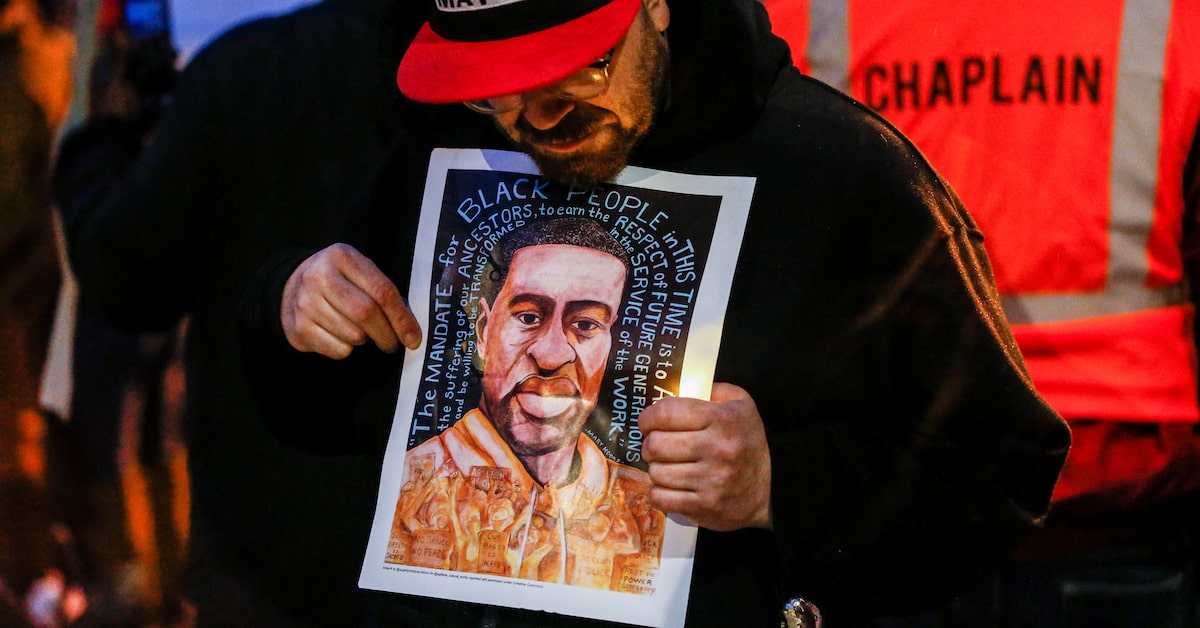Toni
Contributor
- Joined
- Aug 10, 2011
- Messages
- 22,847
- Basic Beliefs
- Peace on Earth, goodwill towards all
FFS: The call to police was to say that a CHILD was in the park playing with a toy gun and it was freaking out some people. The caller made certain to say that the gun did not appear to be a real gun.How many other kids were there? Kids who's behavior didn't result in 911 calls.So much violence, I get lost in the details.
Obviously not lost enough to blame parents for letting their kid play at a recreation center.
The cops didn't show up there mistaking it for a donut shop.
Tom
The police did not bother to find out if they even identified the correct person with a toy gun. They just fired their guns at the kid.
Your post reminds me of the Star Trek Next Generation episode where they were on a planet and every offense resulted in the death penalty. Only less sensible.




